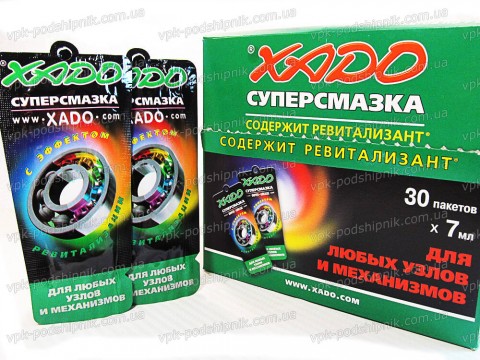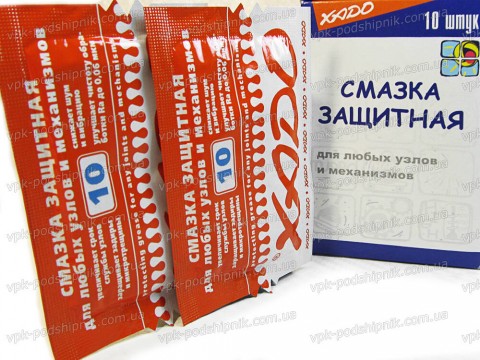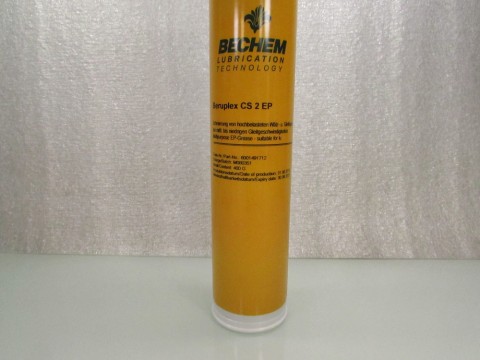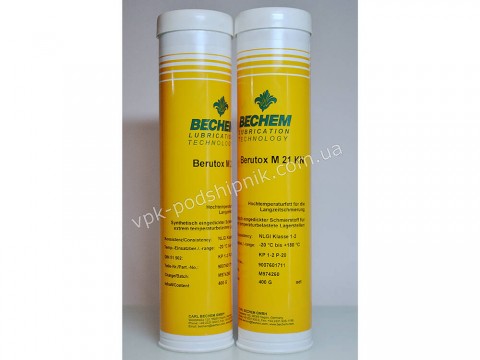Bearing storage and lubrication
Proper use of bearings
The rolling elements of bearings are precision elements that require careful storage and use exactly in accordance with their plan. Proper storage and use before, during, and after installation is very important, because any clogging of the bearing significantly reduces its service life.
Bearings should be stored in a clean and dry place, putting them on the big side. By positioning in this way, the chances of their brinelling or damage due to a fall are significantly reduced.
Bearings must remain in their original packaging until they are installed. There should be no sources of contamination throughout the installation site. Workbenches, tools, clothing and hands should be cleaned from dirt and dust that could damage the bearing.
Mechanics who will directly mount the bearings must wear rubber gloves when mounting. This prevents the lubricant from getting on the skin, which can contaminate the bearing surface and lead to further corrosion. In the absence of gloves, care should be taken to keep hands clean and dry.
During installation, it is necessary to clean not only the bearing, but the shaft and housing for the safety of the devices. Dirt from the shaft or housing can get into the place of installation of the bearing, and prevent its proper fit. Contamination in further work can spread over the assembly and lead to bearing loosening in the grooves. Also, contamination in the housing can cause rapid bearing wear.
Antifriction bearings must be lubricated to prevent metal-to-metal contacts between rolling elements, raceways and cage.
In addition, the lubricant protects the bearing from corrosion and wear, helps dissipate heat, and reduces bearing noise. A sufficiently lubricated bearing has the greatest chance of serving its full service life.
Manual packing tapered roller bearing
Manual packaging is one of the methods for lubricating a tapered roller bearing. Below we describe the process of manual packing of the bearing:
1) The mechanic must clean and dry hands or wear clean rubber gloves;
2) Place a walnut-sized grease in your palm;
3) Using the other hand, skip the large end of the bearing into the grease. Thus, you position the grease between the rollers, the cage and the outer ring of the bearing;
4) Start rotating the outer ring, lowering it in the grease until it spreads evenly to the narrowest end of the bearing;
5) Wipe the excess outside the cone;
6) Additional lubrication may be added to the housing depending on the application requirements;
Mechanical lubricator applications
The use of a mechanical lubricator for a tapered roller bearing is another lubrication method. Below we describe the process when using a mechanical lubricator:
1) The mechanic must clean and dry hands or wear clean rubber gloves;
2) Place the outer ring of the bearing (lower end down) in the lubricator funnel of the lubricator;
3) Connect the larger bore of the outer ring of the bearing in accordance with the taper retainer;
4) Press firmly down the conical latch. This will allow the lubricant to move between the balls, cage and bearing cone;
5) Wipe off excess lubricant outside the bearing housing.
All articles





